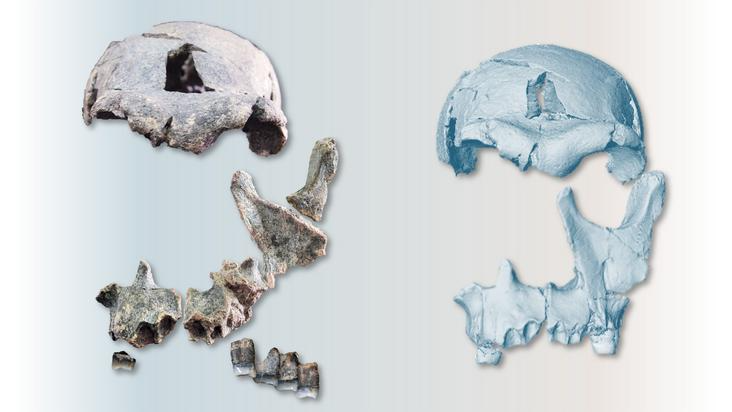Big San Andreas Quakes More Frequent than Thought

Earthquakes strike along California's San Andreas Fault more often than scientists previously thought, a new study suggests.
Researchers at the University of California, Irvine and Arizona State charted temblors that occurred there stretching back 700 years.
They found that large ruptures have occurred on the Carrizo Plain portion of the San Andreas Fault – about 100 miles (160 kilometers) northwest of Los Angeles – as often as every 45 to 144 years. But the last big quake was in 1857, more than 150 years ago.
The researchers said that while it's possible the fault is experiencing a natural lull, they think it's more likely a major quake could happen soon.
"If you're waiting for somebody to tell you when we're close to the next San Andreas earthquake, just look at the data," said UCI seismologist and study leader Lisa Grant Ludwig.
The team probed the history of the fault by collecting charcoal samples from carefully dug trenches in the Carrizo Plain. The charcoal forms naturally after wildfires, then gets washed into the plain by rains, building up over the centuries in layers that are fragmented during earthquakes.
Sinan Akciz, UCI assistant project scientist, dated the samples, along with some older pieces stored in Ludwig's garage, using recently developed radiocarbon techniques to determine time frames for six major earthquakes, the earliest occurring in 1300.
Get the world’s most fascinating discoveries delivered straight to your inbox.
The field data confirmed what Ludwig had long suspected: The widely accepted belief that a major earthquake happened on the fault every 250 to 400 years was inaccurate. Not all quakes were as strong as originally thought, either; but they all packed a wallop, ranging between magnitudes 6.5 and 7.9.
"What we know is for the last 700 years, earthquakes on the southern San Andreas fault have been much more frequent than everyone thought," Akciz said.
Ken Hudnut, a geophysicist with the U.S. Geological Survey, said the research is significant because it revises long-standing concepts about well-spaced, extremely strong quakes on the 810-mile- (1,300-km-) long fault.
Ludwig, who is also an associate professor in public health, said that she hopes the findings will serve as a wake-up call to Californians who've grown complacent about the risk of major earthquakes. She said the new data "puts the exclamation point" on the need for state residents and policymakers to be prepared.
For individuals, that means having ample water and other supplies on hand, safeguarding possessions in advance, and establishing family emergency plans. For regulators, Ludwig advocates new policies requiring earthquake risk signs on unsafe buildings and forcing inspectors in home-sale transactions to disclose degrees of risk.
Funding for the study, detailed in the Sept. 1 issue of the journal Geology, was provided by the National Science Foundation, U.S. Geological Survey and Southern California Earthquake Center.



